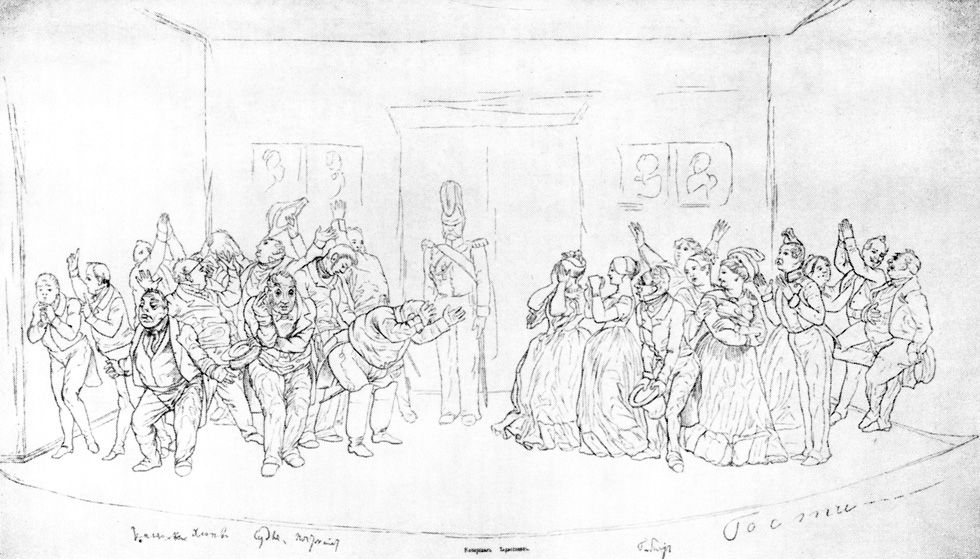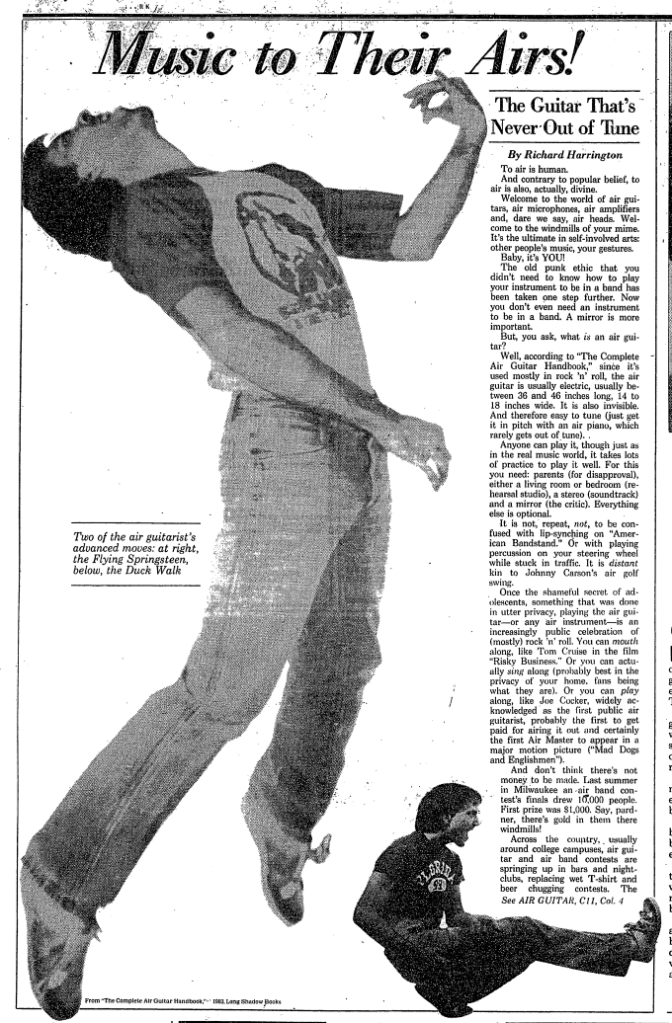Just a few days ago, London Metro Police Officer Wayne Couzens pled guilty to the rape and murder of Sarah Everard by, a 33-year-old woman he abducted while she walked home from a friend’s house. Since the news broke of her disappearance in March 2021, the UK has been going through a moment of national “soul-searching.” The national reckoning has included a range of discussions–about casual and spectacular misogynistic violence, about a victim-blaming criminal justice system that fails to address said violence–and responses, including a vigil in south London that was met with aggressive policing, that has itself entered into and furthered the UK’s soul-searching. There has also been a surge in the installation of personal safety apps on mobile phones; One Scream (OS), “voice activated personal safety,” is one of them.
Available for Android and iOS devices, OS claims to detect and be triggered by a woman’s (true) “panic scream,” and, after 20 seconds and unless the alarm is cancelled, it will send both a text message to the user’s chosen contacts and an automated call with the location to a nominated contact. The app is meant to help women in situations where dialing 999, (assumed to be the natural and preferred response to danger), is not viable for the user and, in the ideal embodiment, this nominated contact, “the helper,” is the police. OS did automatically contact police (and required a paid subscription) in 2016, but it did not work out well and by 2018, was declared a work in progress: “What we really want is for the app to dial 999 when it detects a panic scream, but first, we need to prove how accurate it is. That’s where you come in. . .” OS is currently in beta and free (while in beta). It is unclear whether the developers have given up with that utmost expression of OS.
OS is based on the premise that men fight and women scream —“It is an innate response for females in danger to scream for help”—and its correct functioning requires its users to be ready to do so, even if such an innate and instinctive response doesn’t come naturally to them: “If you do not scream, the app will not be able to detect you.” However, there are two discriminations in terms of scream analysis, in how the app discriminates while listening for and to screams, and in failing to detect or respond to them. The first has to do with who can use the app (i.e., whose panicked screams are able to trigger it) in the first place. This is presented in terms of gender and age—for the moment, OS can listen to “girls aged 14+ and women under 60,” where cisgender, as in anything OS, is taken for granted. It is, however, a matter of acoustic parameters set by the developers (notably, of reaching a certain high pitch and loudness threshold). Which is why the app was implemented to include a “screamometer” for potential users to scream, hard, figure out, and see whether they can reach “the intensity that is needed to set it off” (confetti means they do). The second one discriminates true panicked screams from other types of screams (e.g., happiness, untrue panic). As presented by the developers, both discriminations are problematic and misleading, and so is “the science behind screaming” One Scream‘s website boasts of.
The app does not quite distinguish true from fake screams, nor joy from panic for that matter. Instead, One Scream listens for “roughness,” which a team of scream researchers—it truly is a “tiny science lesson” —has identified as scream’s “privileged acoustic niche” for communicating alarm. According to this 2015 study in Current Biology, “roughness” is the distinctive quality of effective, compelling human screams (and of artificial alarms) in terms of their ability to trigger listeners and in terms of perceived urgency. Abrupt increases in loudness and pitch are not unique to screams. The rougher the scream, then, the greater its perceived “alarmess” and its alarming effect. That’s why developers say OS “hears real distress,” essentially “just as your own ear.” However, other studies suggest your own ears might not be so great at distinguishing happiness from fear and scream research, and particularly the specific “bit” OS builds on, by and large assumes, relies on, and furthers the irrelevance of “real” on the scream vocalizer end.
In OS’s pledge to its users, the app’s fine-tuning to its scream niche—i.e., to rough temporal modulations between 30 and 150Hz—is as important, as is the developers (flawed) insistence on the irredeemably uniqueness of true panic’s scream vocalizations, which they posit are instinctive and can’t be plotted or counterfeit: “Experience has shown that it is difficult for women to fake their scream.” Yet, current scream analysis and research primarily and largely relies on screams delivered by human research subjects (often university students, ideally drama students) in response to prompts for the purposes of studying them as well as, especially, on screams extracted from commercial movies and sound effect libraries. The same applies to the other types of vocalizations (e.g., neutral and valenced speech, screamed sentences, laughter, etc.) produced or retrieved for the purposes of figuring out what it is that makes a scream a scream, and how to translate that into a set of quantifiable parameters to capitalize on that knowledge, regardless of the agenda.
Because of their interest for audio surveillance applications, screams are currently a contested object and a hot commodity. Much as is the case with other scream distinction/detection enterprises, the initial training of OS most likely involved that vast and available bank of crafted scream renditions—by professional actors, machines, combinations of those, by and for an industry otherwise partial to female non-speech sounds—conveniently the exact type of “thick with body” female voicings OS is also invested in. For some readers, myself included, this might come across as creepy and, science-wise, flimsy.

Scream research often relies on how human listeners recruited for the cause respond to audio samples. Apparently, whether the scream is “real,” acted, or post-produced is neither something study subjects necessarily distinguish nor a determining factor in how they rate and react. In terms of machines learning to scream-mine audio data, it is what it is: “natural corpora with extreme emotional manifestation and atypical sounds events for surveillance applications” are scarce, unreliable, and largely unavailable because of their private character. That is no longer the case for OS, which has been accruing, and machine-learning from, its beta-user screams as well as how users themselves monitor/rate their screams and the app’s sensibility. OS users’ screams might not be exactly ad lib, as users/vocalizers first practice with the “screamometer” to learn to scream for and as a means to interface with OS, but it’s as natural a corpora as it gets, and it’s free for the users of the screams. OS not only echoes “voice stress analysis” technologies invested in distinguishing true from fake or in ranking urgency, but, as part and parcel of a larger scream surveillance enterprise, also public surveillance technologies such as ShotSpotter, all of which Lawrence Abu Hamdan has brilliantly dissected in his essay on the recording of the police gunshots that killed Michael Brown in Ferguson, Missouri in 2014.
Chilla is a strikingly similar app developed and available in India—although there’s a nuanced difference in the developer’s rationale for Chilla, which in its pursuance of scream-activated personal safety also aims to compensate for the fact that many girls and women don’t call “parents or police” for help when harassed or in danger. As presented, Chilla responds both to assaults and to women’s ambivalence towards their guardians. The latter is, too, a manifestation of the breadth of gender-based violence as a socio-cultural problem, one that Chilla is trained to fail to listen to and one that, because of OS’s particular niche user market, is simply out of the purview of its UK counterpart.
That problem–and that failure–is neither exclusive to India nor to scream-activated personal safety apps. Calling 999 in the UK, 911 in the US, or 091 in Spain, where I am writing, doesn’t come naturally to many targets of sexual and gender-based violence because they don’t conceive police as a help or because, directly, they see it as a risk—to themselves and/or to others. As Angela Ritchie has copiously documented in Invisible No More: Police Violence Against Black Women and Women of Color, women of color and Black women in particular are at extremely high risk for rape and sexual abuse by police officers, as high as 1 in 5 women in New York City alone.
OS, then, is framed as a pragmatic, partial answer to a problem it doesn’t solve: “We should never have to dress in a certain way…but we do.” The specifics of how OS would actually “save” or even has saved its users in particular scenarios go unexplained, because OS is meant to help with feeling safe; getting into the details, and the what ifs, compromises that service. This sense of safety has two components and is based on two promises: one, that OS will listen to your (panic) scream, and, two, as of now via the intermediacy of your contacts, the police will go save you. The second component and its assumed self-evidence speaks to the app’s whiteness and of its target market of white, securitized, cisgender female subjects.

Over and above its acoustic profiling, the app is simply not designed with every woman in mind. OS’s branding is about a certain lifestyle—of going for early runs and dates with cis-men, of taking time for yourself because you’re super busy at your white-collar job and going for night runs, of taking inspiration from “world” women and skipping if running isn’t for you. This lifestyle is also sold: sold as always under the threat of rape–despite its “rightfulness”–sold in a way that animates the feelings of insecurity and disempowerment that One Scream advertizes itself as capable of reversing. Safety, then, is sold as retrievable with OS.
Wearable or otherwise portable technologies to keep women “safe,” specifically from sexual assaults, are not new and are varied. These have been vigorously protested, particularly from feminist standpoints other than the white, securitized, capitalist brand OS professes—because, in (partly) delegating safety on technologies women then become personally responsible for, these technologies further “blame” women. For authorities and the patriarchy, this shift in blame is a relief. In discussing the racialized securitization of US university campuses, Kwame Holmes notes how despite “reactionary attacks” on campus feminism (e.g., so-called “snowflakes” complaining about bad sex) and authorities’ effective reluctance to acknowledge and challenge rape culture, anti-sexual assault technologies tend to be welcomed and accepted. As Holmes also notes, there’s no paradox in that. Those technologies flatten the discussion, deactivate more radical feminist critiques and potential strategies, and protect the status quo—not so much women and not those who, whenever an alarm sounds and especially when security forces respond, readily become insecure.
It is not a stretch to think that OS could potentially amplify the insecurities of Black and brown people subject to white panic (screams) and to its violence, something other audio surveillance technologies are already contributing to, at least it’s not a greater stretch than to entertain situations in which police would show up and save an OS user before it’s too late. Even if it’s never triggered, as developers seem to assume will be the case for the majority of installed units—”Many people have never faced a situation where they have had to panic scream”—it’s trapped in a securitization logic that ultimately relies on masculine authority, one that calls for the expansion of CCTV cameras, wherein women are never quite secure (see Sarah Everard’s vigil).
One Scream’s FAQs cover selected worries that users have or OS anticipates they might have. Among these, there are privacy concerns (i.e., does it listen to your conversations?) and the fear the alarm will activate “when it shouldn’t.” In the Apple Store user reviews, there’s a more popular type of concern: OS not responding to users’ screams. In other words, there’s simultaneously a worry about OS listening and detecting too much and about OS failing to listen “when it matters.” These anxieties around OS’s listening excesses and insufficiencies touch on (audio) surveillance paradoxical workings: does OS encroach on the everyday life of those within users’ cell phones’ earshot while not necessarily delivering on an otherwise modest promise of safety in highly specific scenarios? There’s a unified developer response to these concerns: OS “is trained to detect panic screams only.”
—
Featured Image: By Flicker User Dirk Haun. Image appears to be a woman screaming on a street corner, but is actually an advertisement on the window of a T-Mobile cell phone shop (CC BY 2.0)
—
María Edurne Zuazu works in music, sound, and media studies, and researches the intersections of material culture and sonic practices in relation to questions of cultural memory, social and environmental justice, and the production of knowledge (and of ignorance) in the West during the 20th and 21st centuries. María has presented on topics ranging from sound and multimedia art and obsolete musical instruments, to aircraft sound and popular music, and published articles on telenovela, weaponized uses of sound, music and historical memory, and music videos. She received her PhD in Music from The CUNY Graduate Center, and has been the recipient of Fulbright and Fundación La Caixa fellowships. She is a 2021-2022 Fellow at Cornell’s Society for the Humanities.
—

REWIND! . . .If you liked this post, you may also dig:
Flâneuse>La caminanta–Amanda Gutierrez
Echo and the Chorus of Female Machines—AO Roberts
Vocal Gender and the Gendered Soundscape: At the Intersection of Gender Studies and Sound Studies–Christine Ehrick











